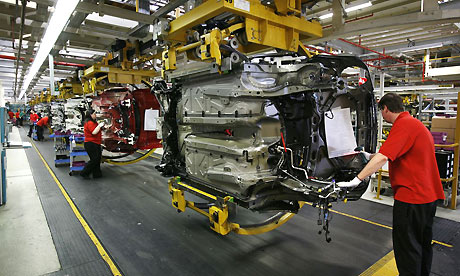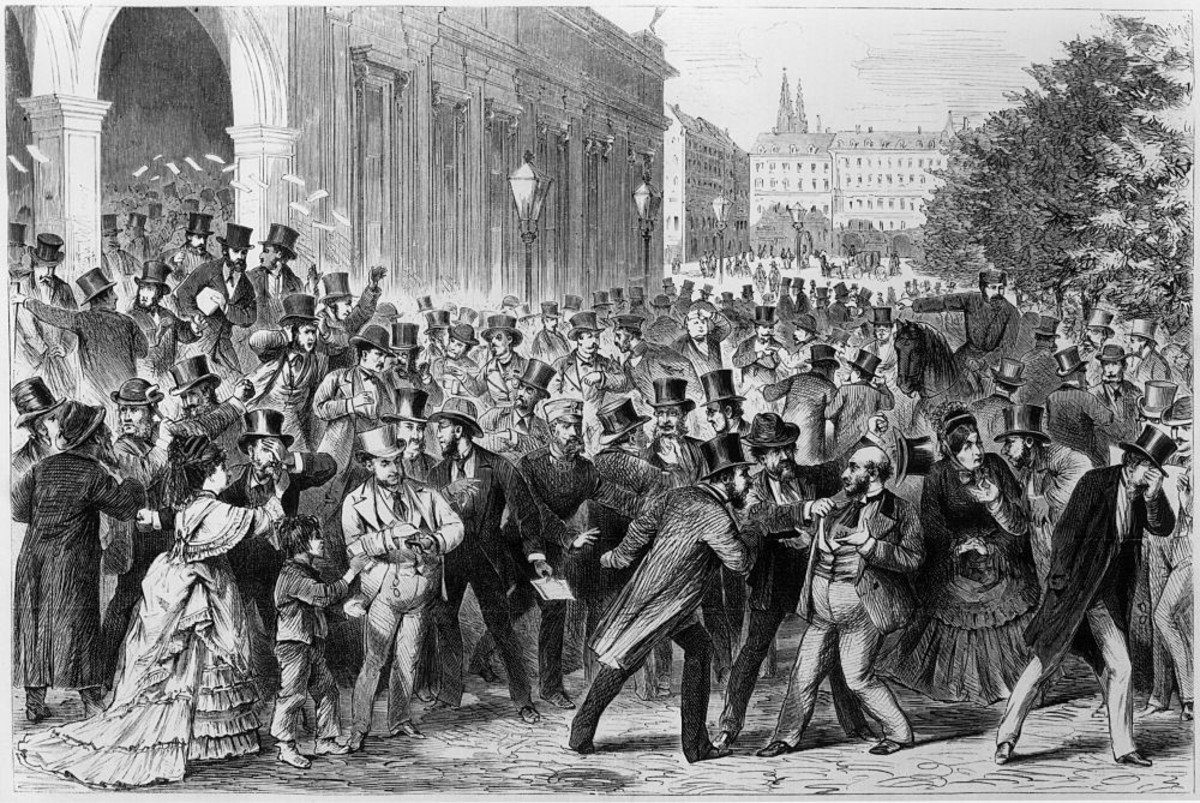Why Manufacturing Is Rebounding In The Midwest U.S.
Why Manufacturing Is Rebounding In The Midwest U.S.

Why Manufacturing Is Rebounding In The Midwest U.S.
Predictions regarding the demise of manufacturing in the United States appear to be premature. In fact, a small but noticeable renaissance of manufacturing, with strong participation in the Midwest region of the United States, has been occurring since 2010. According to the Wall Street Journal, 2010 was the first year since 1997 that United States manufactures added more jobs than they eliminated. Manufactures added 136,000 new jobs at United States based manufacturing plants in 2010, which amounts to a small increase in manufacturing employment of 1.2%.
The uptick in United States based manufacturing has been centered in an area that is known as the “rust belt”, which stretches from Pennsylvania to Illinois and includes Midwest states such as Michigan, Indiana, and Ohio. The “rust belt” is a term that refers to an area of the United States that once hosted some of the largest manufacturing enterprises in the country, including massive steel and automobile manufacturing operations, as well as a host of other mid-sized and small manufacturers. Many of the traditional manufacturing industries in the “rust belt” have gone out of business, leaving large rusting manufacturing facilities in their wake. However, the decades long trend of shuttering manufacturing plants in the “rust belt” is starting to reverse direction, especially in the Midwestern states within the “rust belt”.
Manufacturing In The Midwest U.S.
Why Manufacturing Is Rebounding In The Midwest U.S.?
While it is too early to declare a sustained comeback of the manufacturing sector of the United States economy, a number of factors are contributing to the recent uptick in manufacturing employment in the Midwest part of the country.
Perhaps the most important factor fueling the Midwest manufacturing resurgence is the weak United States Dollar, which makes United States produced products more cost competitive in world markets. Also, foreign manufactures that set up or expand manufacturing operations in the United States can reap additional benefits from the weak United States Dollar, since it makes their foreign currency go further when investing in the United States.
Another factor is the ample amount of idle industrial properties available in the Midwest for new or expanded manufacturing ventures. As the “rust belt” moniker suggests, the Midwest United States is full of abandoned manufacturing facilities and towns and cities with long and proud manufacturing traditions that welcome new manufactures with open arms. The Midwest is benefiting as manufactures look for sites to manufacture the emerging technologies that the world demands from advanced medical devices to energy products such as solar panels and fuel cells.
The relatively low cost of living, including relatively low cost electricity, in the Midwest is also a contributing factor. While not the least expensive region in the United States in which to do business, the Midwest is cost competitive and provides a friendly regulatory and cost environment for manufactures to operate in.
The geographic location of the Midwest is helping to fuel growth in the manufacturing sector. The Midwest region of the United States is close in the middle of the country, which makes reaching the populations centers in the United States and Canada with finished manufactured products relatively easy via the vast road and railroad network that exists in the region. This is especially important with oil prices remaining stubbornly high.
Will The Manufacturing Rebound In The Midwest Continue?
Macro-economic forces, such as the condition of the United States and world economies, and the strength of the United States Dollar, will play a major role regarding whether this budding rebound in manufacturing in the Midwest will continue. All things being equal, many economists think the Midwest manufacturing base will continue to recover for years to come. Overall, the United States is expected to experience another modest increase in manufacturing employment in 2011, and based on falling unemployment rates in Midwest states during 2011, it appears that the rebound in manufacturing in the Midwest is continuing.
If the economy holds up reasonably well over the next few years, which is a tough prediction to make at this time with ongoing debt crises bringing down stock markets worldwide, then it is reasonable to assume that the manufacturing rebound in the Midwest will continue. Besides the macro-economic forces that are in favor of a manufacturing rebound, there are a number of cyclical economic forces that also favor continued manufacturing expansion in the Midwest.
One cyclical economic force is the average age of automobiles in the United States, which is over ten years; a level that has not been reached for fifteen years. Eventually, the aging cars have to be replaced, as they reach the end of their useful life. This automobile replacement cycle should keep Midwest automobile manufacturing plants and related parts plants busy for years to come, and should lead to a continuance of the expansion of automobile manufacturing in the region that has been in progress since the depths of the recession in 2009, when the United States government bailed out General Motors and Chrysler.
Another cyclical economic force is the housing sector of the United States economy. While it is well known that the housing sector in the United States has been weak since 2008, it will not remain weak forever. Eventually a growing population will require housing to live in and improving housing affordability will cause a rebound in the housing sector. Well positioned Midwest manufactures should benefit from a rebound in this large portion of the United States economy.
Other factors may be contributing to the rebound in manufacturing in the Midwest. High oil prices may be causing some companies to reconsider having manufacturing operations so far away from their consumer markets, as transportation costs increase. Also, security concerns in other countries, such as Mexico, make the United States a more attractive place to base manufacturing. State governments in the Midwest that were hit hard by the Great Recession are also making it easier for manufacturers to do business in their states. The forces are in place for a continued rebound in manufacturing in the Midwest United States, as long as the macro-economic picture does not derail this rebound.
Products Made In USA
United States Manufacturing Poll
Do You Think The Rebound In U.S. Manufacturing Will Continue For A Few Years?
See Also
- Need a Job? Move to North Dakota
The severe recession that affected the United States in 2008 and 2009 was barely even noticeable in booming North Dakota. With a current jobless rate less 4%, North Dakota has the best job market in the United States.









